AARP Hearing Center

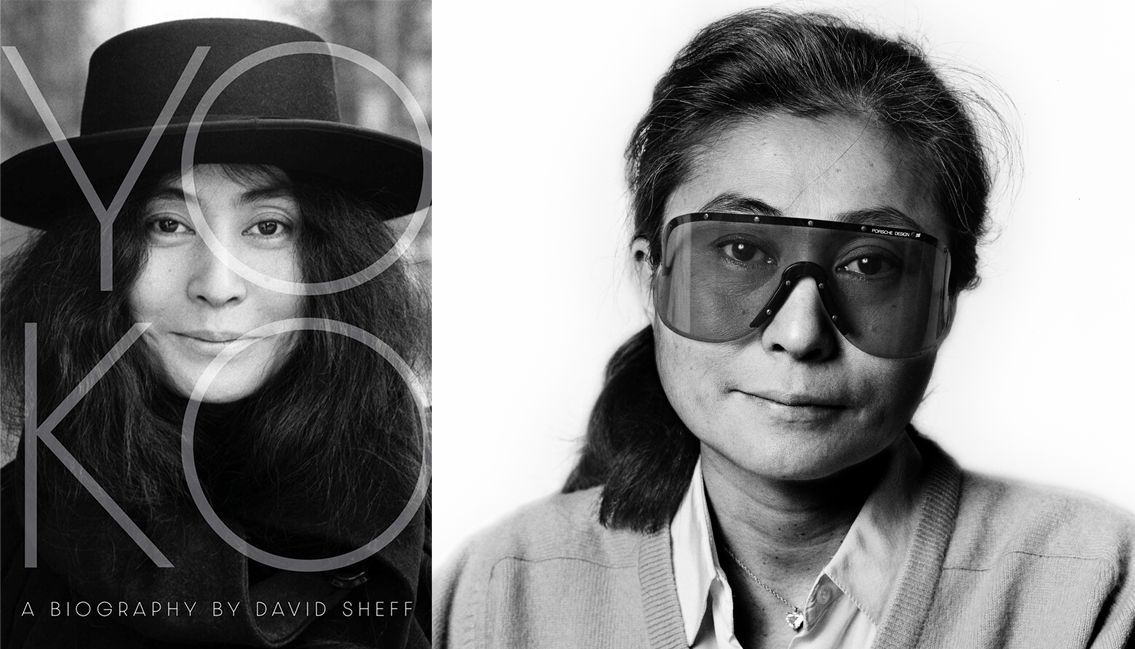
If Yoko Ono’s life were a novel, it would be a twisting, turning, wildly unpredictable epic. What a story: Little Yoko was the scion of a powerful Japanese family who lived through Tokyo’s bombing in World War II and grew into an important avant-garde artist. That was before becoming the much-maligned wife of musical icon John Lennon and shouldering the blame for breaking up his previous marriage and the Beatles. Then she witnessed her beloved husband gunned down in front of their apartment at the Dakota in New York City on Dec. 8, 1980.
Author David Sheff, 69, who’s written other notable books, including the 2008 bestseller Beautiful Boy about his son’s drug addiction (adapted into a 2018 movie of the same name), captures this all in Yoko, his new biography of Ono, 92, with whom he’s maintained a friendship since he interviewed her and Lennon for Playboy in 1980. When Lennon died less than three months after that interview, Sheff hopped on a red eye from California to be by Ono’s side.
He has said he was inspired to write the biography after sighting a bumper sticker that read, “Still Pissed at Yoko.”
Yoko did not sit for new interviews for this book because, her book publicist says, she stopped granting interviews in 2020, “essentially retiring.” Instead, the author drew on the hundreds, if not thousands, of hours he spent interviewing and hanging out with her over the last 40-odd years, as well as interviews with people close to her, including her son, Sean, and her daughter, Kyoko.
Here are some highlights from Yoko.

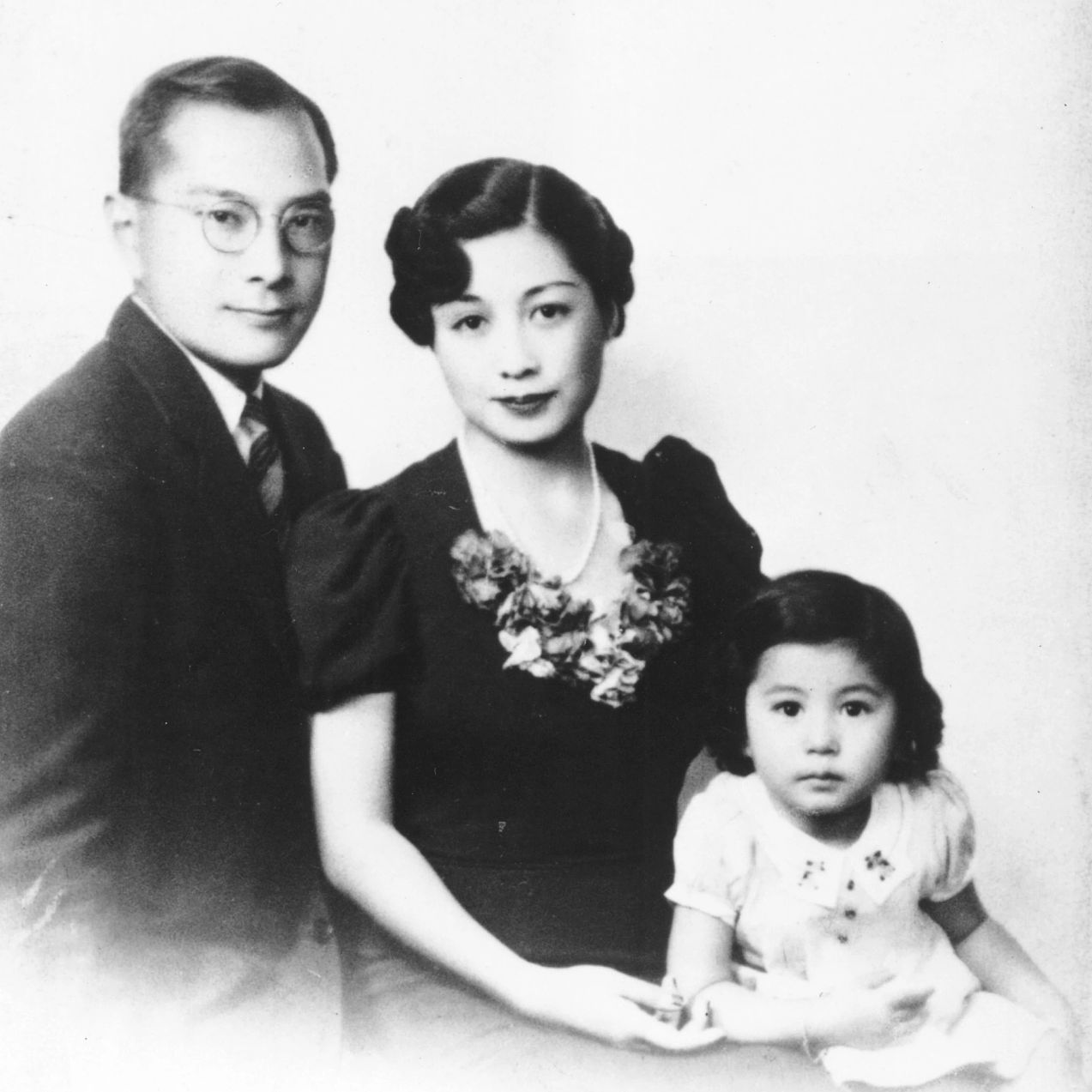
1. Yoko Ono’s wealthy parents gave her everything — except affection.
Ono’s parents came from powerful Japanese banking families. Her artistically frustrated father, Eisuke, was a gifted pianist who ended up yoked to the family business. Her glamorous mother, Isoko, left child-rearing to nannies, who were instructed never to rock the baby or help her up if she fell. Ono did not meet her father until she was two and a half years old because he was abroad running a branch bank in San Francisco, where the family eventually joined him.
2. The trauma of living through World War II permeated her whole life.
As a young girl sheltering in place with her mother and two younger siblings in Tokyo, she saw the city bombed and heard Kamikaze pilots broadcast their goodbyes on the radio. “It was just the most horrific thing that I’ve heard,” she once told the BBC. “I think that changed my whole idea about war.” Eventually, her mother dispatched the children to the countryside, where Ono, 12, bartered their possessions for food. She suffered from malnutrition and endured an appendectomy with insufficient anesthesia. A doctor made inappropriate sexual advances. After the war, teenage Ono suffered from bad earaches and depression, and attempted suicide.
3. A multi-media performance artist before those terms existed, Ono helped fuel New York City’s avant-garde art movement.
Ono dropped out of Sarah Lawrence College in Bronxville, N.Y.. in 1956 at the end of her junior year, “asphyxiated by conservative teachers,” she said. She married her first husband, Toshi Ichiyanagi, a Japanese pianist studying at Julliard that same year. The two became fans and proteges of the experimental composer John Cage. Ono rented a loft space downtown and held candle-lit concerts and art exhibits. One of her most famous works from the 1960s was the feminist statement, Cut Piece, where audience members were invited onstage to pick up scissors and shear off parts of her clothing. In 2020, the New York Times deemed it one of the “most influential works of American protest art since World War II.”































































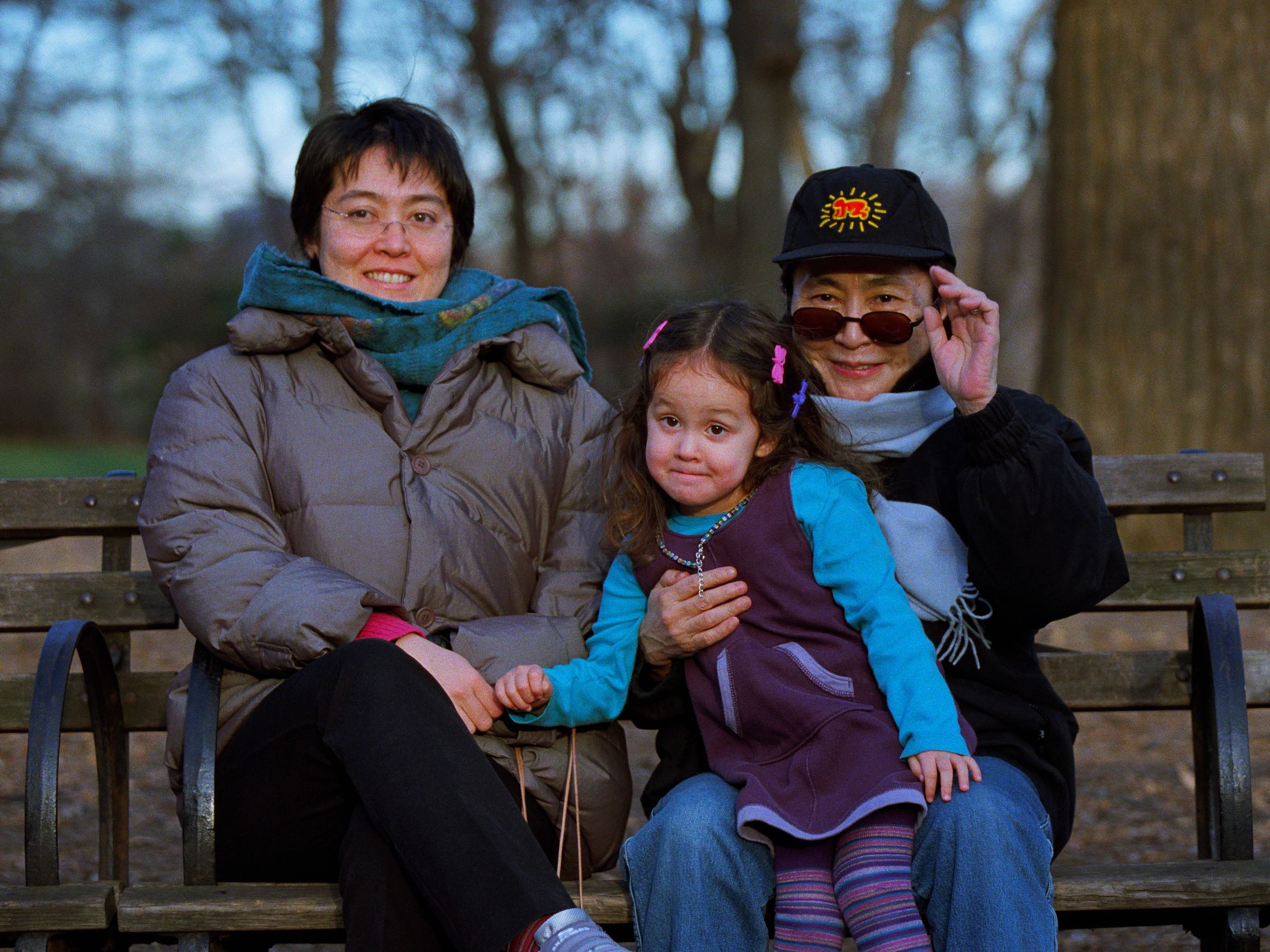
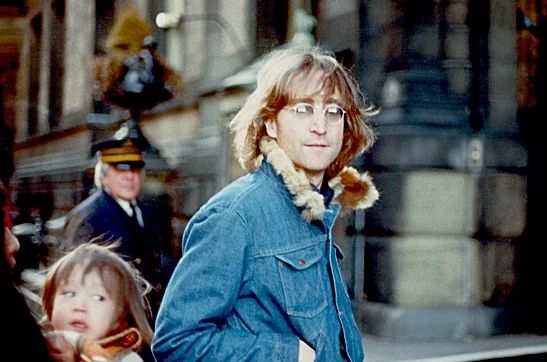


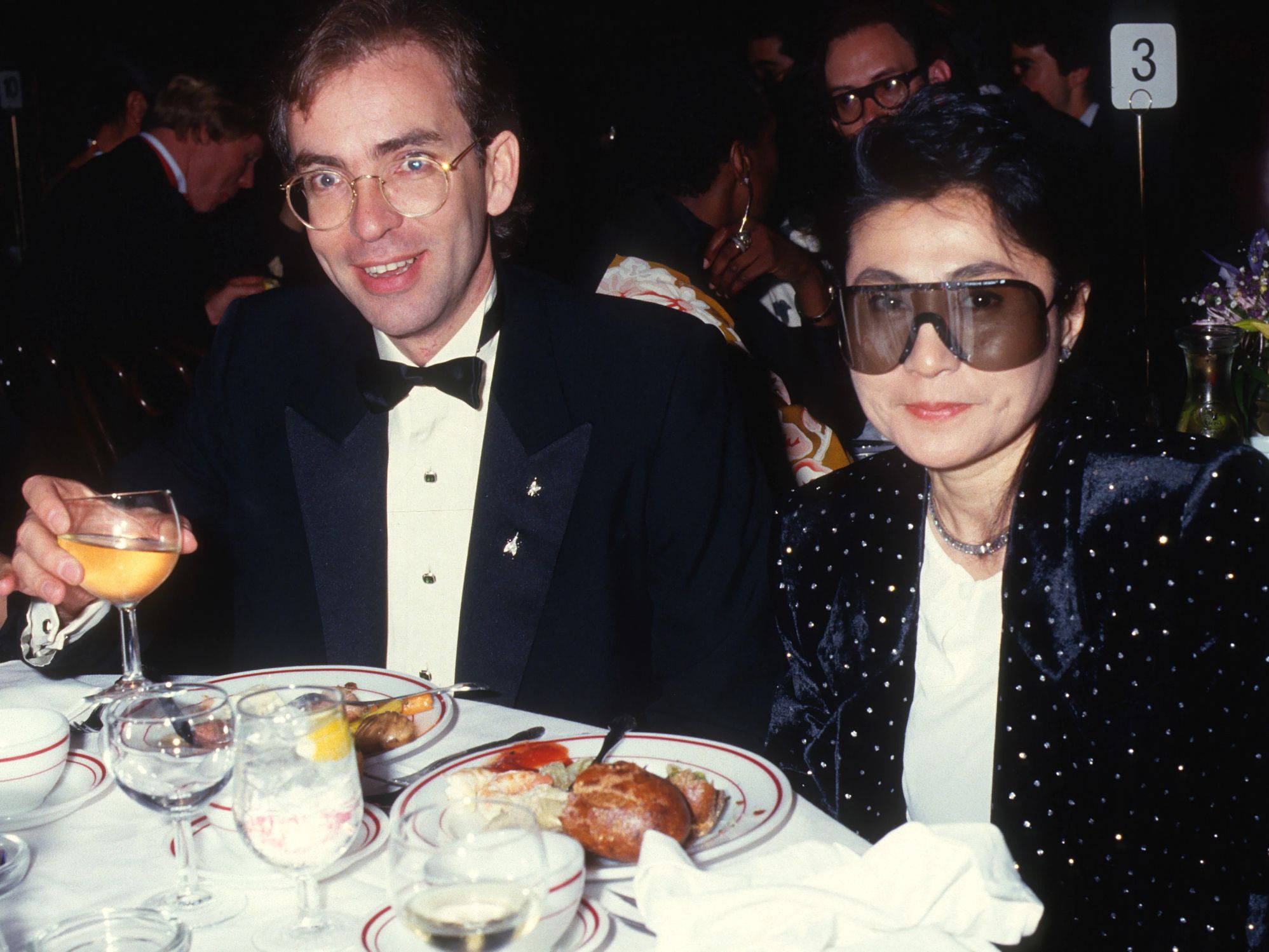
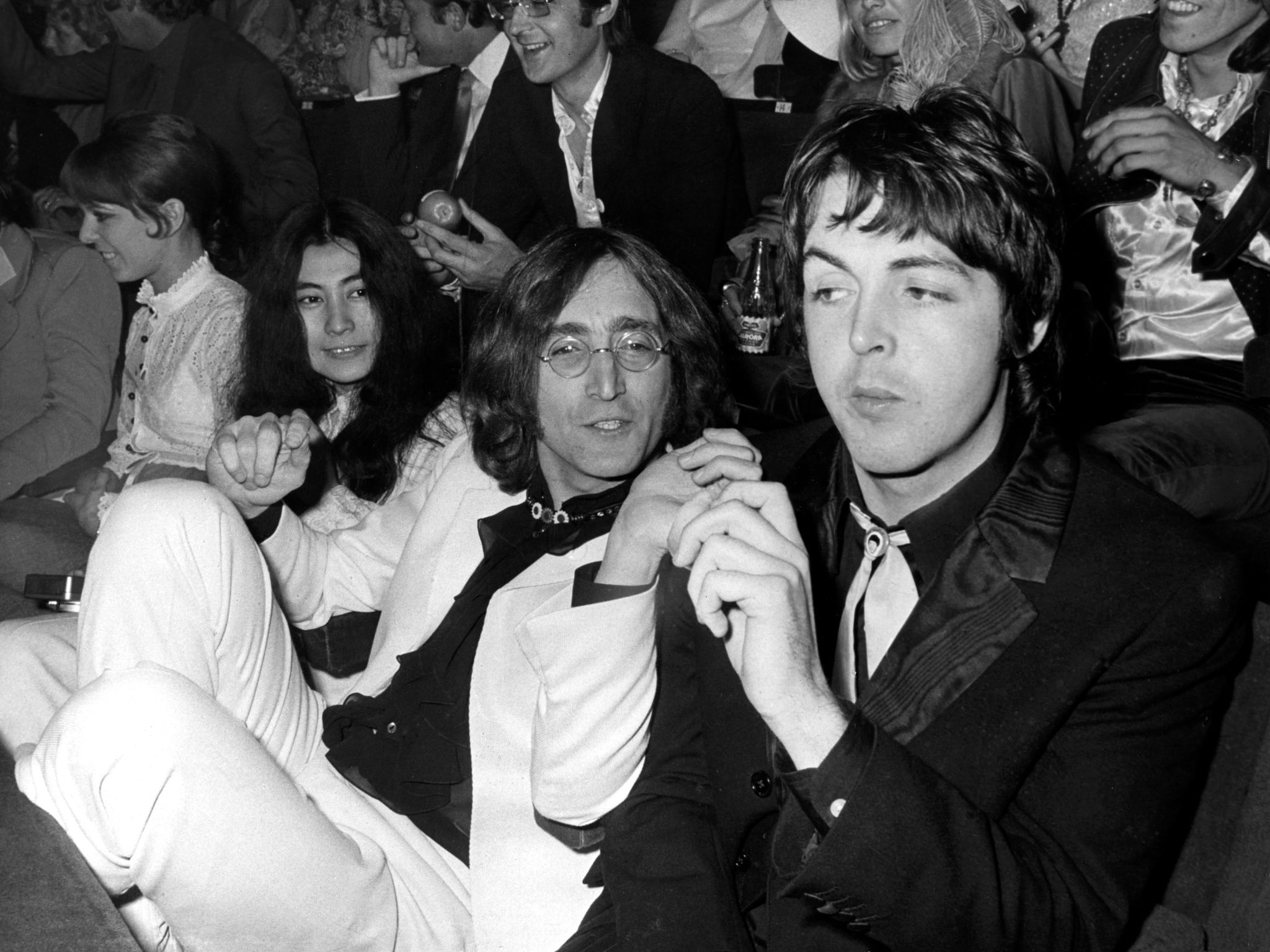

More From AARP
Beatles Spill the Beans in a New Tell-All Book
'All You Need Is Love' is heavy on personal drama and gives a gossipy inside look at the Fab Four's chaotic world
Ringo Starr on New Beatles Song: It’s ‘a Nice Way to Finally Close That Door’
60 years after Ed Sullivan, the Beatles' heartbeat holds forth on moptop mania, hairdressing, broccoli — and hope springing eternal
Top 15 Albums Turning 50 in 2025
Dylan, Springsteen, Bowie, KISS and ABBA LPs that have ruled for half a century